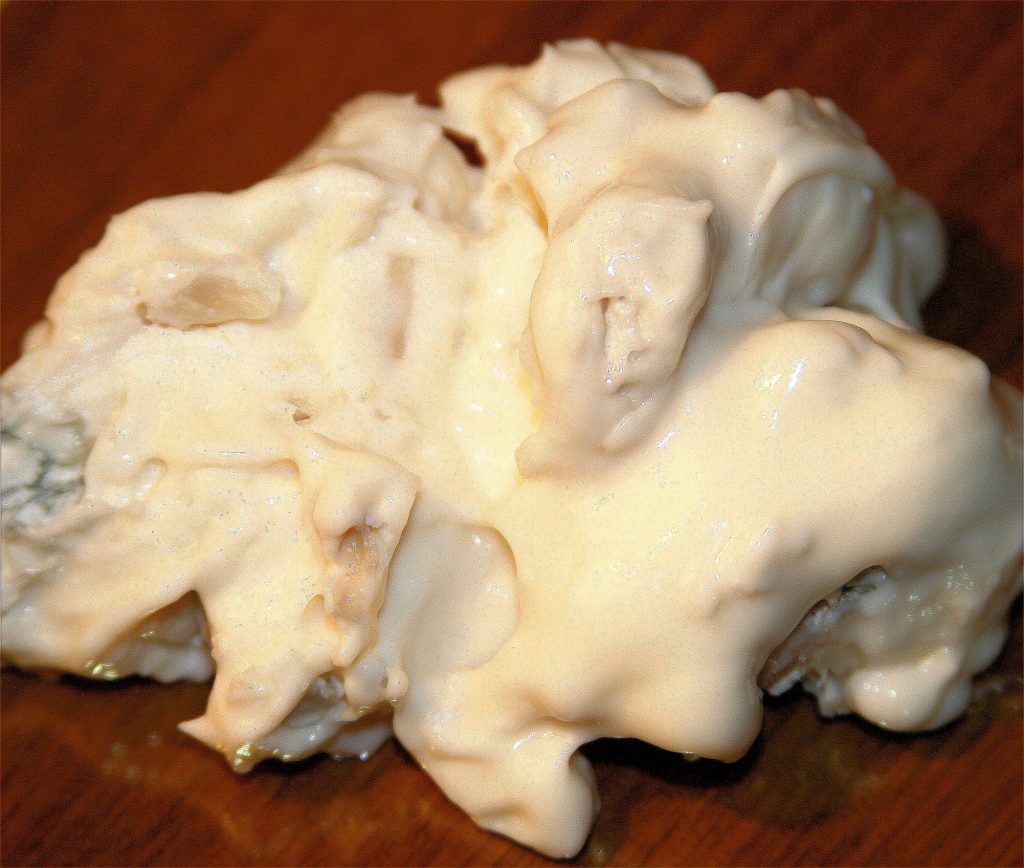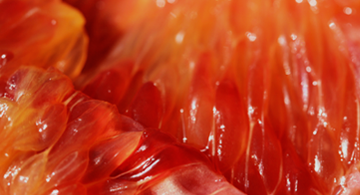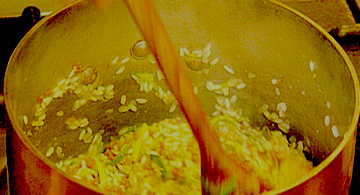
Gorgonzola is a classic cow’s-milk bleu-veined cheese made in Lombardy and Piedmont. Given the D.O.P. certification, Denominazione d’ Origine Protetta or Protected Designation of Origin, Gorgonzola Dolcelatte is guaranteed to be made in protected zones designated by the Italian government and made according to strict procedures and standards from breeding to final cheese production.
There are two versions: Mountain Gorgonzola which is firm and salty, and Sweet Gorgonzola, known as Gorgonzola Dolcelatte or Gorgonzola Dolce, which is soft and creamy. Mountain Gorgonzola can be quite pungent in aroma and taste, only a small amount is needed as flavoring for sauces. Often it is served as part of a cheese assortment accompanied with assertive salumi. Sweet Gorgonzola is milder with luscious creaminess making it ideal for sauces or served as dessert with fresh or dried fuit.
Cow’s milk is pasteurized and heated to 30° C then inoculated with Penicillium Roqueforti mold. It is this mold that creates Gorgonzola’s distinctive aroma and taste and its blue-green veining, called erborinato indicating the herb or green color in the veining. After inoculation, the firm curd is shaped and drained, either rubbed with salt or immersed in a brine bath, then stored in a very humid and warm environment. After one month, copper or steel needles pierce the top and bottom of the new cheese causing air to circulate, more evenly distributing and activating the mold. Further aging continues in a humidity and temperature-controlled cheese cellar.
Select Gorgonzola Dolcelatte with its gorgeous center soft and runny, as in the photo. Look closely at the rind. It should be thin with little dark color spreading into the paste. If there is 1/2-inch (13-mm) or more of discoloration or darkening extending out from the cheese’s rind, ask to sample the cheese because extensive darkening means either the cheese is old and/or it has not been properly stored, causing a bitter-tasting finish to the cheese.
As for all bleu-veined cheese, all types of Gorgonzola should not be exposed to light so keep it wrapped in foil. (Light causes the cheese to darken with a brown tinge.) This cheese is ideal for creating sauce blended with cream and tossed with pasta, gnocchi, risotto, chicken breast, lamb chops, cauliflower, potatoes, spinach…use imagination and sample a new pairing. Simply reduce some heavy cream in a pan. About 2 minutes before it is finished, add chunks of this cheese, and warm. Serve it stirred into the dish, tossed with cooked ingredients, or ladle it as a sauce.
For a memorable dessert serve a wedge of this cheese with ripe pears or apples, fresh or dried figs, and toasted nut bread accompanied with a golden dessert wine such as tardivo or late-harvest dessert wine.







